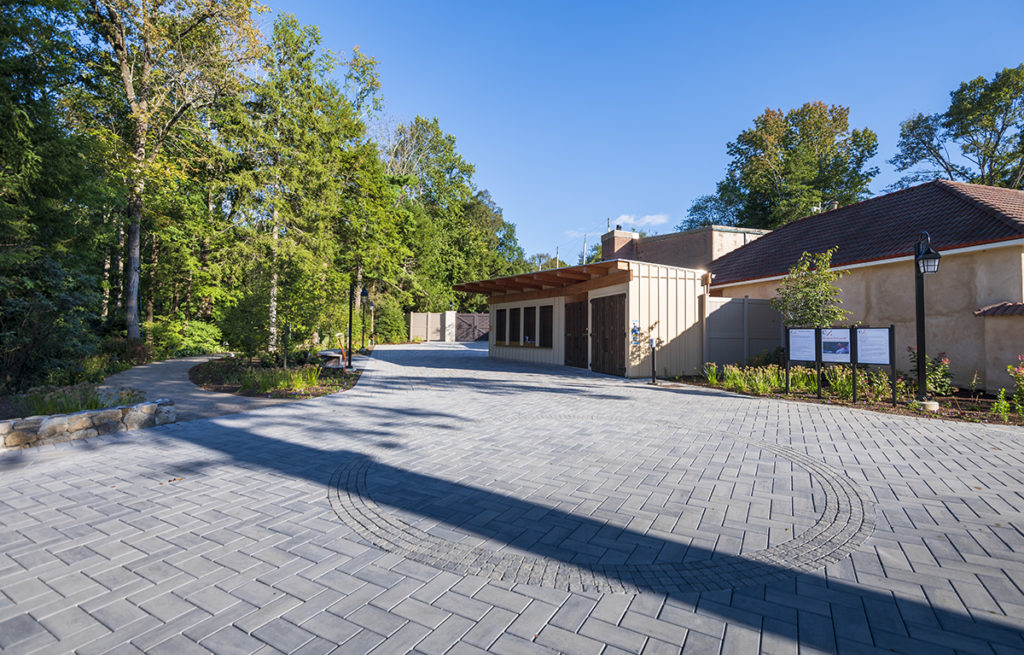2020 has been a year of hardship for everyone, especially the arts community. In an attempt to show the drastic cuts within the arts, the National Endowment for the Arts released an analysis on how the Covid-19 pandemic has affected the industry, which you can view here. For a brief overview, please read on.
Looking at 2017, the arts sector was had a major foothold in the United States Economy. Comprised of film, advertising, digital and visual arts, performers, musicians, architects, graphic designers, and curators; the sector Contributed 4.5% to the national GDP and 3.4% of the total workforce. The added value from the arts sector ($877.8 billion in 2017) was 5 times larger than that of agriculture and $265 billion larger than transportation and warehousing.
The arts sector was especially vulnerable to the economic fallout caused by the pandemic due to multiple structural elements of the field. In more recent times, the arts have moved towards more of a gig-based economy. Due to this, those in the arts are 3.6 times more likely to be self-employed, leading to potential issues regarding self-subsidized healthcare, loss of income, and increased business costs. Nonprofits were not spared from the fallout either, as more than half of their revenue was generated from earned income (ticket sales, merchandise sales, etc.) The deepest cut may have been in the performing arts industry however. With regulations to keep concert goers and performers safe, we saw a 54% decrease in revenue in quarter 3 of 2020 (July-September).
While we may inevitably see many well-known arts venues close their doors for good, a large portion of the arts community has adapted to continue their ever-evolving service to the communities they inspire. With new features being added constantly, including: ticketless and digital ticketing, physical modifications to indoor venues, reduced ensemble sizes, and virtual arts experiences; which 72% or organizations have implemented. These adaptations serve as proof of the undying necessity of our cultural partners and services. These adaptations however, do not lessen the burden that the arts community bears now, and most likely for years to come.
At the very least, arts organizations are using their experiences throughout the pandemic to help shape the future of music. If anything, the arts have more than proven their necessity to both the economy and the consumer’s wellbeing. Further steps will need to be taken, however, in order to fully re-incorporate the arts into our lives. Steps including: digital offerings, better digital customer support, audience and seating planning, alongside many other methods to ensure the safety of the public. Caramoor’s 2020 and 2021 seasons would not be “remotely” possible without the gracious support of you, our patrons and artistic community. We will continue to adapt and create in order to bring you solace during this time of uncertainty, while also learning to better our understanding of our purpose as an arts organization.

Leave a Reply